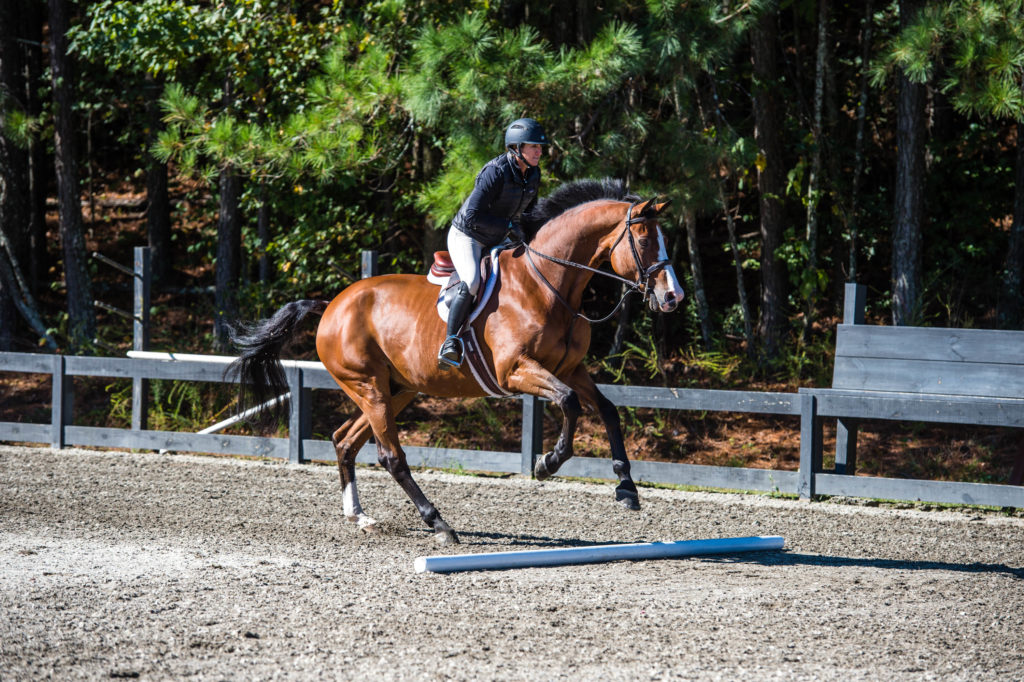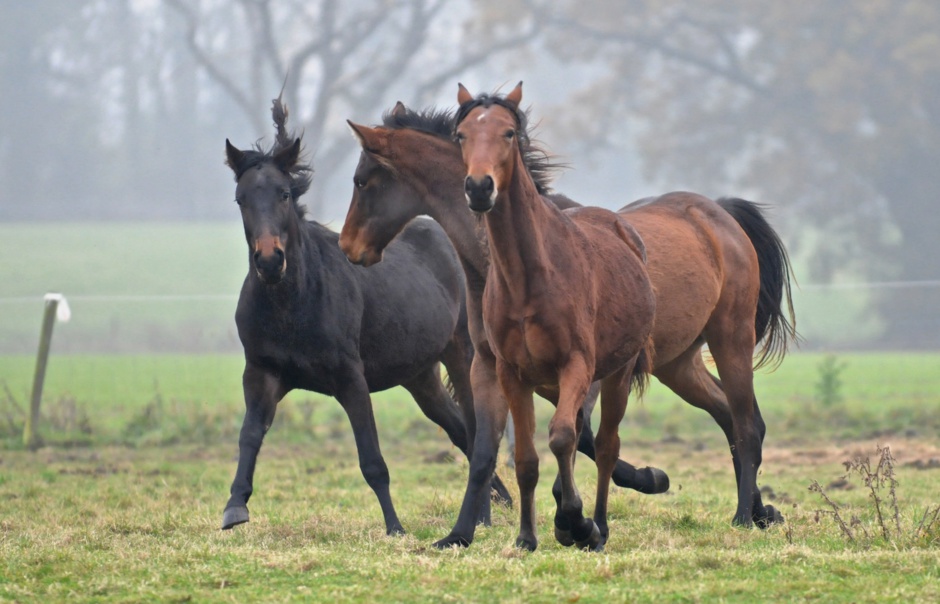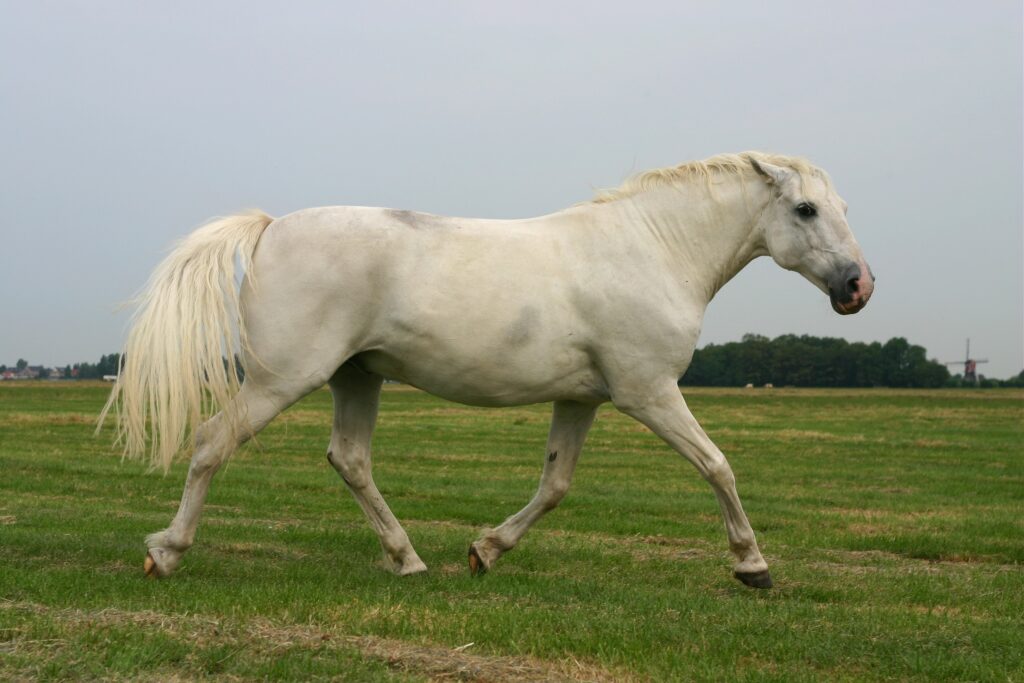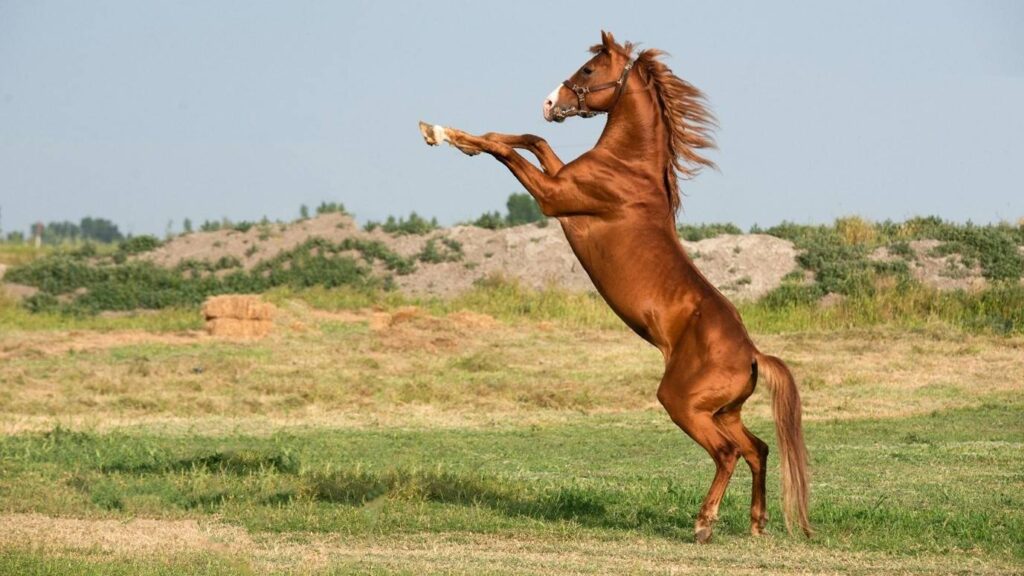In the world of equestrian sports, horse riding transition work is a fundamental skill that every rider should master. Whether you are a beginner or an experienced rider, understanding and implementing effective transition work can significantly enhance your riding skills and improve your horse’s performance. In this article, we will explore the importance of transition work, how to execute it correctly, and the benefits it brings to both the rider and the horse.

What is Transition Work in Horse Riding?
Transition work in horse riding refers to the process of changing your horse’s gait smoothly and effectively. This includes moving from walk to trot, trot to canter, canter to walk, and so on. It is essential for riders to communicate clearly with their horses to ensure these transitions are smooth and seamless. Transition work is not only about changing gaits but also about maintaining balance, rhythm, and control.
Importance of Transition Work
Transition work is vital for several reasons. Firstly, it helps in building the horse’s strength and flexibility. Secondly, it enhances the rider’s ability to communicate and control the horse effectively. Finally, it plays a crucial role in preparing both the horse and the rider for advanced riding techniques and competitions.
Building Horse’s Strength and Flexibility
Through consistent transition work, horses develop better muscle tone and flexibility. This is because transitioning between gaits requires them to engage different muscle groups, leading to improved strength and endurance.
Enhancing Rider’s Communication and Control
For riders, mastering transition work means learning how to communicate clearly with their horses. This involves using subtle cues and aids to signal the desired change in gait. As a result, riders gain better control and coordination, leading to a more harmonious riding experience.
How to Execute Transition Work Correctly
Executing transition work correctly requires practice, patience, and attention to detail. Here are some essential tips to help you master this skill:
Start with Basic Transitions
Begin with simple transitions such as walk to trot and trot to walk. Focus on maintaining a steady rhythm and ensuring your horse responds promptly to your cues.
Use Clear and Consistent Aids
Consistency is key when it comes to transition work. Use clear and consistent aids, such as leg pressure, seat position, and rein signals, to communicate your intentions to your horse.
Practice Regularly
Regular practice is essential for mastering transition work. Incorporate transition exercises into your daily riding routine to build your horse’s confidence and responsiveness.
Benefits of Transition Work
Transition work offers numerous benefits for both the rider and the horse. Let’s explore some of these benefits:
Improved Balance and Coordination
Regular transition work helps improve the horse’s balance and coordination, making it easier for them to navigate different gaits smoothly.
Increased Responsiveness
As horses become accustomed to transition work, they become more responsive to their rider’s cues, leading to a more enjoyable riding experience.
Preparation for Advanced Riding Techniques
Transition work lays the foundation for advanced riding techniques and competition-level performance. It helps riders and horses develop the necessary skills and confidence to excel in various equestrian disciplines.
Common Mistakes to Avoid
While transition work is essential, it’s crucial to avoid common mistakes that can hinder progress. Here are some mistakes to watch out for:
Lack of Consistency
Inconsistent cues can confuse the horse and lead to poor transitions. Ensure your aids are clear and consistent every time you initiate a transition.
Rushing the Process
Transition work takes time and patience. Avoid rushing the process and allow your horse to develop at their own pace.
Ignoring the Horse’s Feedback
Pay attention to your horse’s feedback during transition work. If they seem resistant or uncomfortable, reassess your technique and make necessary adjustments.

FAQs on Horse Riding Transition Work
What is the purpose of transition work in horse riding?
Transition work helps improve the horse’s strength, flexibility, and responsiveness while enhancing the rider’s communication and control skills.
How often should I practice transition work with my horse?
It’s recommended to incorporate transition work into your daily riding routine to build your horse’s confidence and responsiveness.
Can transition work help prepare my horse for competitions?
Yes, transition work is an essential foundation for advanced riding techniques and competition-level performance.
For more detailed information on horse training techniques, you can visit Horse Training in Field vs Arena and Horse Training Tips for Beginners. These resources offer valuable insights into the various aspects of horse training and riding.
This article contains affiliate links. We may earn a commission at no extra cost to you.







